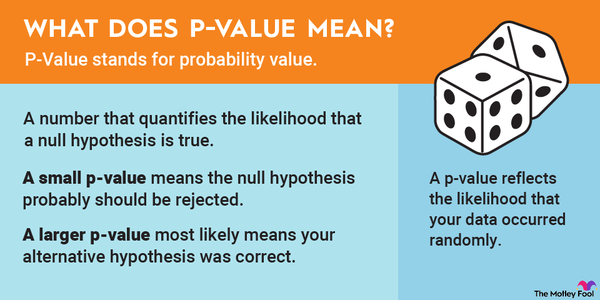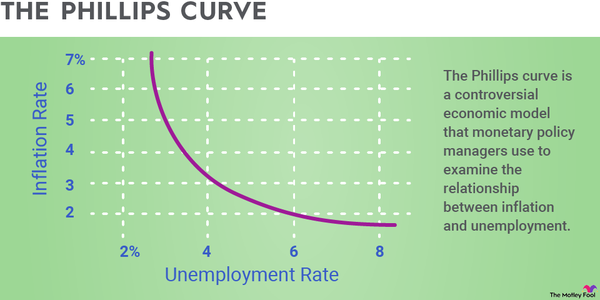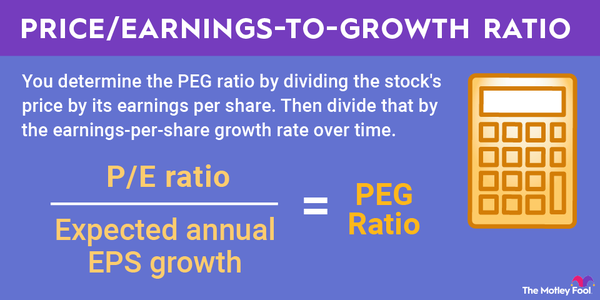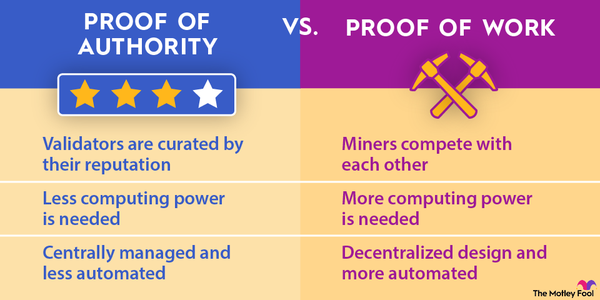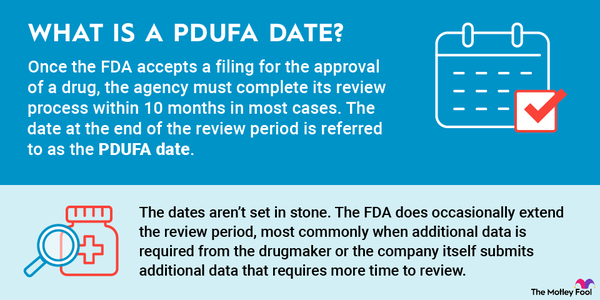In addition to gathering and acting on information from customers, successful businesses will also consider feedback from employees. To improve internal business operations and create better chances for success with customers, companies can create a positive feedback loop by gathering and acting on information from their workers.

What is a positive feedback loop in business?
What is a positive feedback loop in business?
In business, a positive feedback loop is a dynamic that occurs when companies listen and respond to input from employees so they can improve workplace conditions, operations, and performance. The process typically involves gathering information from workers, analyzing the data (perhaps using a SWOT analysis), and then acting on what's been learned to create a good result. From there, the company can gather and analyze data again to determine what has been effective and proceed to take any additional actions.
SWOT Analysis
Why are positive feedback loops important in business?
Why are positive feedback loops important in business?
Positive feedback loops are important in business because they lead to improved workforce satisfaction and operational success. Workers have vital firsthand experience with what is and isn't going smoothly at their place of employment. Utilizing their feedback can improve day-to-day operations and ensure high levels of workforce retention. Training new workers tends to be time-consuming and expensive, and replacing top talent may be difficult or even impossible.
Positive feedback loops may provide valuable information and help address workplace culture issues, compensation concerns, operational inefficiency, and overall employee morale. They offer avenues to continued workplace improvements that enhance employee satisfaction, create better relationships with customers, and ultimately help improve sales and profitability.
How can positive feedback loops be created?
How can positive feedback loops be created?
Positive feedback loops can be created by having periodic interviews with employees to gather information or by conducting interviews when an employee is leaving the company. Exit interviews can be particularly valuable because they can shed light on why an employee has opted to leave a position. From there, information can be analyzed and acted on to address issues and improve overall workplace dynamics and efficiency, making it less likely that other employees will leave the company.
Businesses may have to take steps to ensure that employees feel comfortable giving honest feedback and ensure that the feedback received reflects the actual conditions on the ground. Conducting interviews at multiple stages of employment and with a suitably wide segment of workers can help ensure that accurate and instructive feedback is obtained.
Related business topics
An example of a positive feedback loop in business
An example of a positive feedback loop in business
Appian (APPN 1.0%) co-founder and CEO Matt Calkins has taken an approach to management and corporate culture that places a high value on employee feedback and open debate. The low-code software company has grown at a rapid pace since its founding in 1999 and has continued to innovate in a competitive industry. Calkins cites open discussion, feedback, and debate as playing a crucial role in arriving at the best ideas and practices.
You’re helping them to make their idea better. Whatever it is you just disagreed with is going to get better because you challenged it.Matt Calkins, co-founder and CEO of Appian
Calkins believes that employers are doing managers and bosses a favor when they provide critical feedback. According to the software company's CEO, “You’re helping them to make their idea better. Whatever it is you just disagreed with is going to get better because you challenged it.” By emphasizing the importance of open communication, shared respect between employees and management, and pathways to resolving issues of contention, Appian has achieved high levels of workforce satisfaction.












